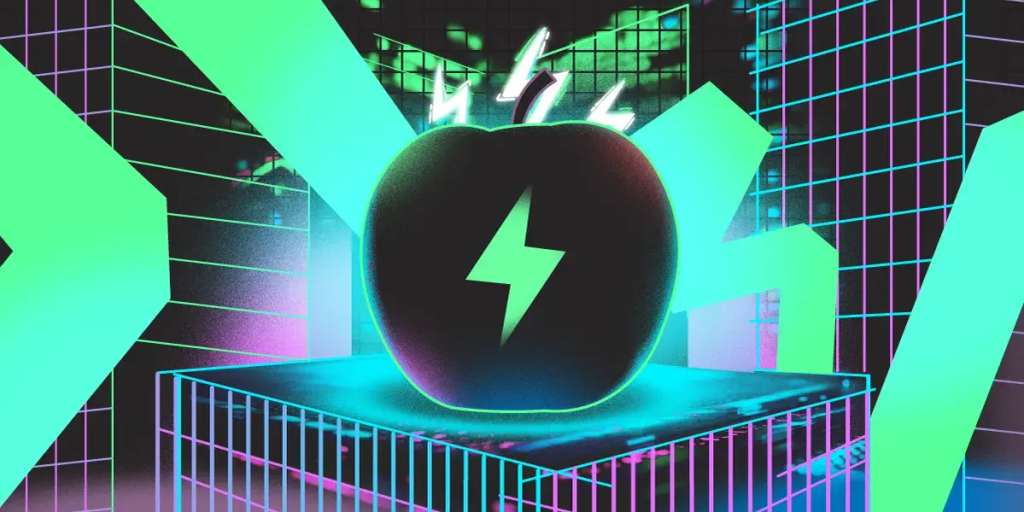
There were thousands of bullseyes on the Tyler Hobbs paintings and another hundred on the artist’s back. But if Thursday night’s packed celebration for his latest exhibition was any indication, he can survive the flagging NFT industry and its notorious association with the many crypto hucksters now facing bankruptcies and arrests.
“It’s just amazing to be here,” Hobbs said during a reception for his latest Pace Gallery show, which runs through April 22. He wore a shirt with bullseyes that mimicked the computer-generated patterns painted on nearly a dozen paneled works with a mechanical plotter tool.
The 35-year-old coder is part of a small group of digital artists who have broken into the mainstream art world. But while others like Justin Aversano and Mike “Beeple” Winkelmann have shown with smaller galleries, Hobbs decided to exhibit with one of the world’s largest dealers. Pace Gallery also represents major traditional artists such as David Hockney, Jeff Koons and Maya Lin.
Among the wealthy collectors and longtime admirers attending the reception was Ariel Hudes, the gallery’s digital strategist. She explained that Hobbs’ paintings and their accompanying NFTs, or non-fungible tokens, were being sold – although she declined to give an exact price. A spokeswoman for the gallery said they were priced in line with previous paintings from the artist’s Unit London exhibition earlier this year, which sold for $360,000 each.
The bull market that turned NFTs and digital asset sales on the blockchain into a $40 billion industry no longer exists, and NFT sales are down nearly 97 percent. Some visual artists like Hobbs have survived the controversy because of their connections within the traditional art market and a growing collector base of affluent millennials from the tech world.
Market insiders have positively spun the turmoil as a “flight to quality”, where collectors have become more interested in long-term investments than speculative, quick trades. Kevin Rose, the tech founder and CEO of Proof, said the NFT company’s focus now is on “elevating our art and our stories.”
Rose was in New York to see the Hobbs exhibit and attend a major industry conference called NFT.NYC, which has shrunk in size over the past two years since the boom days when trades compared business apparel to Woodstock.
He said Proof has about 1,000 premium members in the collective who buy expensive artwork and another 10,000 people in the organization’s collecting community who are typically interested in lower-priced NFTs. “We have a captive audience,” Rose said during an interview. “We just have to execute and deliver.”
When he’s not experimenting with ChatGPT or green-lighting a tiny house in Marfa, Texas based on a generative artwork by Art Blocks impresario Erick Calderon, the entrepreneur is looking to optimize his business after a scare. Some of Proof’s capital were held with Silicon Valley Bank when the organization collapsed earlier this year, and Rose said his company has split its money between several banks since then.
Before the meltdown, Rose shopped a partnership side to mega galleries like Gagosian and David Zwirner. Those conversations continue, the founder said, but about six months ago, a collaboration with Pace Gallery materialized with an NFT project by artist Mike Tajima and other programming opportunities.
However, digital artists who have already established themselves and their sales records in the NFT market hardly need galleries to compete within the traditional art market. Hobbs, for example, already has loyal collectors who contact him through a Discord channel run by his studio. Many of the bullseye paintings on display were sold to his patrons. Instead of setting the exhibition on a financial goal – the artist is already a multi-millionaire – it was about proving a point.
“Hopefully this gives people an opportunity to see generative art through a different lens that might be more accessible,” the artist said.



























